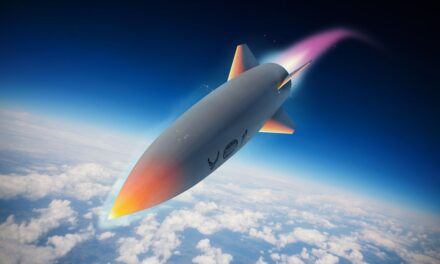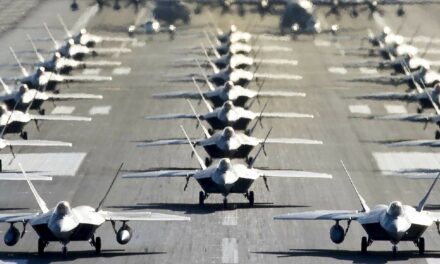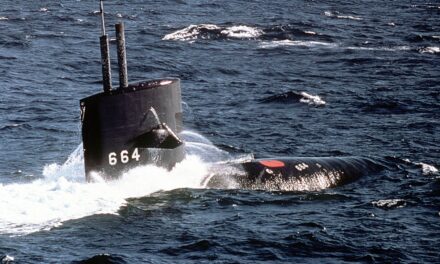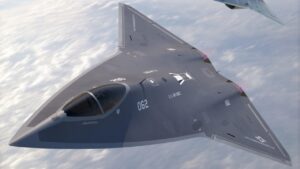We support our Publishers and Content Creators. You can view this story on their website by CLICKING HERE.
Key Points: The B-21 Raider could potentially take on air superiority roles traditionally reserved for fighter aircraft, challenging the necessity of the costly Next Generation Air Dominance (NGAD) program.
-Drawing from historical examples like the B-17, B-52, and experimental bomber-fighter hybrids, the Raider could act as a mothership deploying drones for air defense or strike missions.
-However, this approach risks overloading the B-21 program, which has so far stayed on budget and on schedule by avoiding capability creep.
-As airpower evolves with drones and long-range missiles, careful balance is needed to ensure the B-21 remains effective without jeopardizing its success or undermining the NGAD’s role.
Will the B-21 become the plane that kills the Next Generation Air Dominance (NGAD) fighter?
Balking at both the cost and the technical difficulty associated with designing and building a sixth-generation fighter, the Air Force has re-opened a discussion on the role that the B-21 Raider could play on the air superiority side of the airpower ledger.
B-21 Raider as Fighter
The idea of the B-21 solving air superiority isn’t new, either to the strategic bombing concept or to the Raider itself.
Attacks against fixed infrastructure are part of the air superiority mission, and in any campaign that involved deep strike against enemy targets the Raider could be expected to hit isolated airfields and support systems of the enemy air force.
The Raider has always been expected to perform communication, reconnaissance, and coordination roles in the “system of air superiority systems” that the Navy and Air Force hope can establish air dominance against Russia or China.
There is also long-term precedent. Historically, self-defending formations of bombers like the B-17 were expected, in Western strategic bombing doctrine, to be able to consistently defeat interceptors. In the 1930s evolution of “pursuit” aircraft suffered because of an expectation that large bombers would consistently defeat small fighters.
B-21 Raider
Over Europe in 1944 and 1945, the ability of strategic bomber formations to bring German fighters into combat was lauded as one of the central contributions of the Combined Bomber Offensive.
In practice, this turned out to be less effective than in theory, in no small part because fighter pilots could choose the time and manner of the engagement. Damaging or downing large, expensive four-engined bombers deep in friendly territory tended to even the odds, especially with the support of anti-aircraft artillery to break up the bomber formations. As missile-carrying jet fighters became available, the entire idea of self-defending formations of bombers was abandoned.
Later in the Cold War, however, the US Air Force once again turned to the idea of bombers creating their own air superiority, with low-flying B-52 prepared to pepper the Soviet landscape with tactical nukes as they fought their way to their targets.
Putting Concept to the Test
The B-21 is neither a B-17 nor a B-52, and can’t be expected to fight like those aircraft. The most sensible concept for using the B-21 as a fighter would involve conceiving of the Raider as a mothership for a squadron of drones that would perform “fighter” roles.
How these drones would find their way to the battlespace and how effectively they could be expected to fight are in themselves complex questions, but they’re less expensive than the NGAD and thus more expendable.
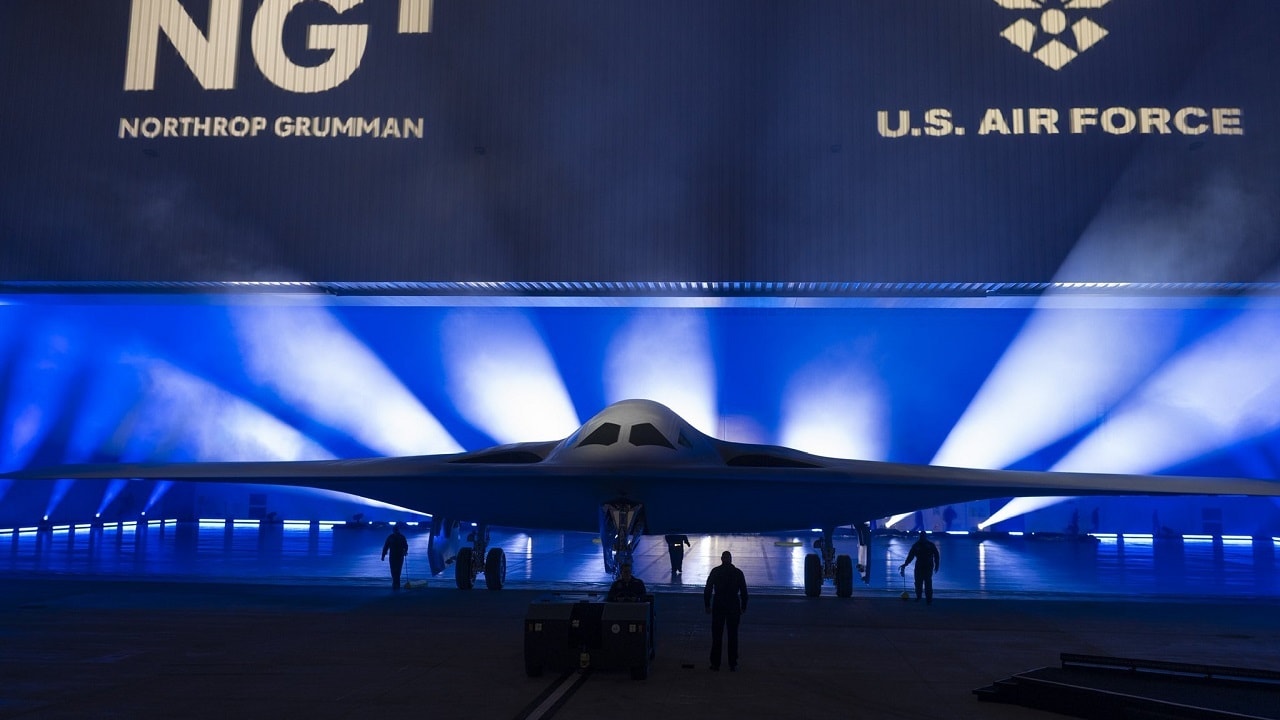
B-21 Raider. Image Credit: U.S. Air Force.
This also has antecedents in airpower history; the B-36 “Peacemaker” was expected at one point to carry a small fighter which could theoretically help the bomber fight its way to the target. Fortunately, the idea collapsed as the limited capabilities of the “parasite” fighter became evident and as better options for escort emerged.
But there is danger in overburdening the B-21. Thus far the Air Force has done an excellent job of holding the line on mission and capability creep for the Raider, which has helped to keep the costs of the program manageable. It takes extraordinary organizational discipline to avoid project bloat, and emphasizing new capabilities and a new mission for the B-21 at this point in the aircraft’s evolution could create a need for design changes or for the integration of new, immature technologies. If an effort to kill the NGAD results in poisoning the B-21 project, nobody wins.
B-21 Bomber Might Not Be Able to Do it All
The technology of airpower is at the moment in a degree of flux that we probably have not seen since the 1950s. Based on experience in Ukraine and elsewhere, the idea of the manned fighter as the central piece of an air superiority strategy has come into deep question.
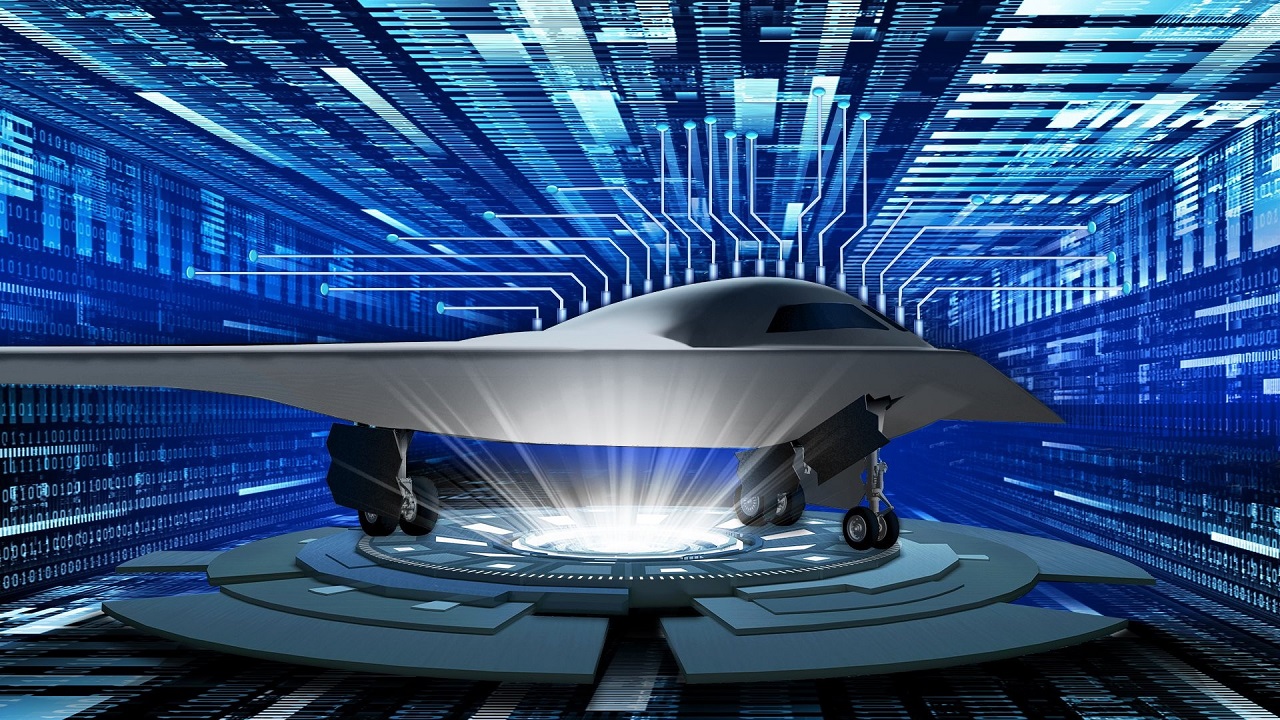
B-21 Raider Stealth Bomber. Image Credit: Industry Handout.
Drones and long-range missiles may have made the airspace too dangerous for any fighter that isn’t too expensive to actually build. In this context it makes sense to revisit some of the core debates of yesteryear, which could serve to enlighten present day thinking on what precisely we need to do the jobs we want to do.
If the B-21 can do the job, then we should let it do so, but we must also be careful about overburdening one of the few airpower projects to stay remotely on schedule and on budget.
About the Author: Dr. Robert Farley
Dr. Robert Farley has taught security and diplomacy courses at the Patterson School since 2005. He received his BS from the University of Oregon in 1997, and his Ph. D. from the University of Washington in 2004. Dr. Farley is the author of Grounded: The Case for Abolishing the United States Air Force (University Press of Kentucky, 2014), the Battleship Book (Wildside, 2016), Patents for Power: Intellectual Property Law and the Diffusion of Military Technology (University of Chicago, 2020), and most recently Waging War with Gold: National Security and the Finance Domain Across the Ages (Lynne Rienner, 2023). He has contributed extensively to a number of journals and magazines, including the National Interest, the Diplomat: APAC, World Politics Review, and the American Prospect. Dr. Farley is also a founder and senior editor of Lawyers, Guns and Money.

 Conservative
Conservative  Search
Search Trending
Trending Current News
Current News 